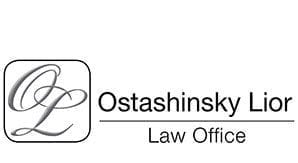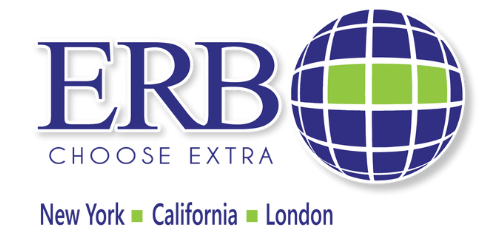
Lior Ostashinsky, Esq, a great partner of ERB share his great knowledge about “Raising Capital from the General Public in the U.S. under Regulation Crowdfunding”
In April 2012, the JOBS Act, an extensive piece of legislation, was passed into law in the U.S. Between September 2013 and May 2016 three distinct channels of investment-based crowdfunding had emerged from this regulatory framework. The first one was Rule 506(c), which allows only accredited investors (wealthy investors) to participate in the offering. The second was Regulation A+, an upgraded version of the rarely-used Regulation A, which allows the general public to participate in the offering, but requires a lengthy offering document that is subject to review and comments by the SEC. The last one to be adopted was Regulation Crowdfunding, which became effective in May, 2016 and is the subject of this article.
We thought it could be a good idea to briefly explain Regulation Crowdfunding by presenting some of its advantages and disadvantages, so we prepared the following list of pros and cons:
Pros:
- Capital may be raised from the general public. Every adult may participate in the offering regardless of his/her net worth or income;
- There is no cap to the number of investors that may participate in the offering. Therefore, the company raising funds may get to its target funding amount by raising very small amounts from a large number of investors. The minimum investment amount per investor typically runs from as low as $100 to $500.
- The offering document is not subject to review and comments by the SEC, which meaningfully cuts short the offering “time to market” comparing with other types of offerings that are subject to review and comments by the SEC. Time to market of a Regulation Crowdfunding campaign could be as short as one month given that all those involved are fully committed to the process.
- Legal and accounting-related costs are low comparing with offerings that require an extensive offering document.
- Important and valuable exposure to the company and its products or services may be achieved through the crowdfunding campaign which reaches all the subscribers of the Funding Portal on which the campaign runs (could be as many as 100,000 on WeFunder for example) and potentially many more thousands through targeted digital marketing campaigns that promote the offering.
Cons:
- Offerings are limited to a total of $1M every twelve months. So this method applies mostly to startups seeking seed money.
- The full materials of the offering are limited to one Funding Portal at a time.
- There are some limitations on advertising outside of the Funding Portal.
Lior Ostashinsky, Esq.
Israel and New York bars
For questions and more information feel free to reach out to Lior at: [email protected]; IL 050-5485348; US 646-572-6390
